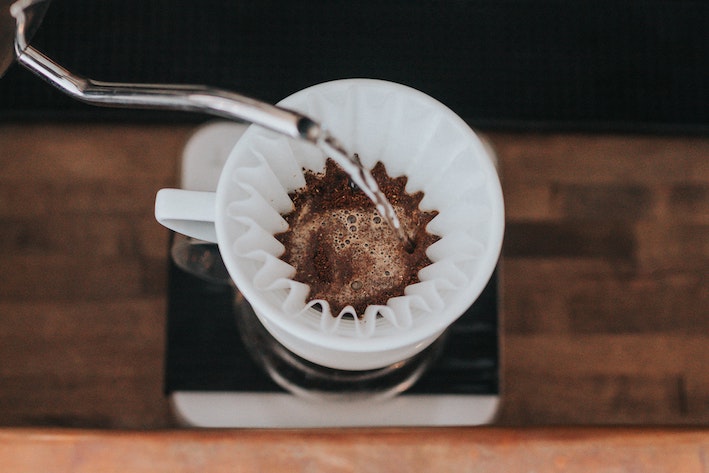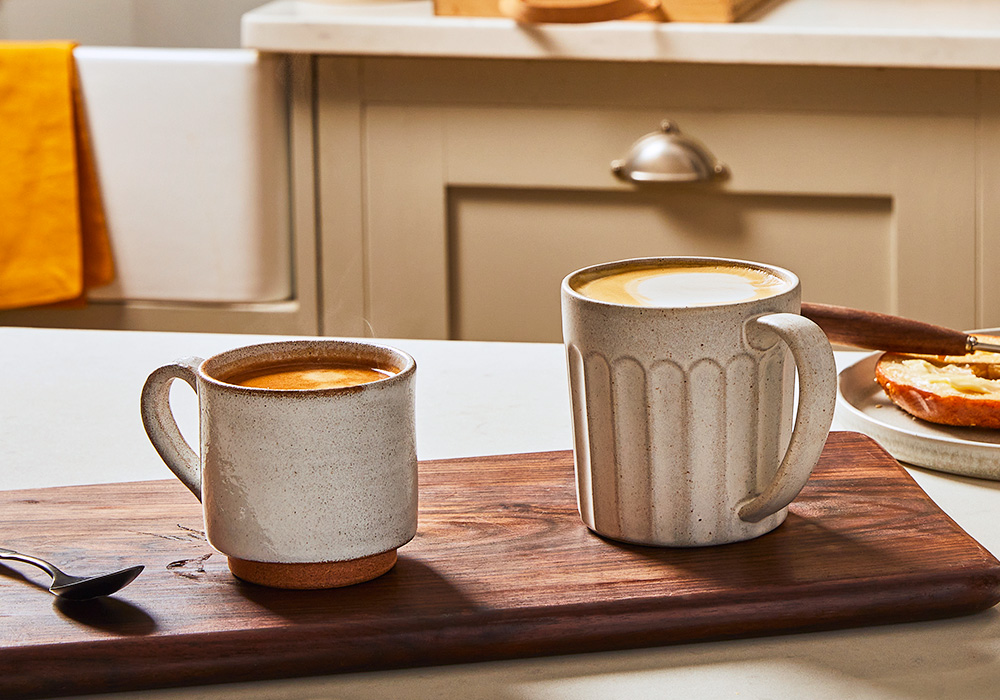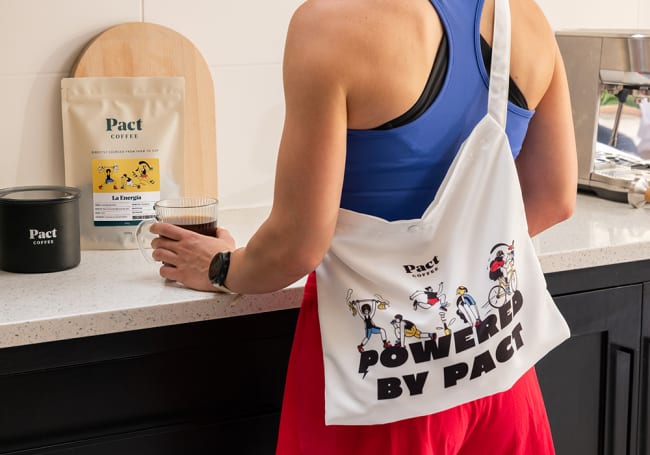Coffee is certainly acidic. But lots of things are. Here, we’ll go through just how acidic and what that really means, how you can make yours more or less acidic and what goes on behind the scenes to change acidity levels in coffee.
How acidic is coffee?
Acidity may not be the most appetising term for some. But it can often bring real benefits. Think of the refreshing nature of a zesty white wine – that’s more than likely the acidity working its magic.
In a great coffee, acidity is a highly desirable component. It brings a wonderful brightness and delicious flavour notes – think oranges, apples, lemons and grapes. For many, coffee would taste flat without acidity.
But just how acidic is coffee? The simple answer is rather acidic. To demonstrate this, we’ll have to dip into a short bit of chemistry.
The pH level of coffee
Remember this from the GCSE classes? If you briefly switched off, don’t worry. To put it into basic terms, the pH scale refers to how strongly acidic or alkaline a solution is on a scale of 1 to 14. If it has a pH value of 7, it’s completely neutral.
Anything from 0 to under 7 is acidic, and coffee tends to come in from 4.85-5.1. To put that into perspective, a ripe apple has a pH level of 3-4, and a banana hits 5 on the scale.
What kind of coffee is the least acidic?
This depends a lot on the preparation, as there are a lot of different acids inside the green coffee bean – citric, lactic, malic, acetic and quinic and to name just a few.
There are several factors to consider when you’re looking for a more or less acidic coffee:
Roasting
It’s up to the roaster if they’d rather disguise or highlight the acidity.
A heavier roasting process can bring more bitter acids into the coffee. So if you’re going for an inexpensive, heavy-roasted coffee, you’re likely to lose a lot of the brightness.
Also, most of the more pleasant acids lose their concentration in the roasting process. So if you opt for a lighter roast, you’re going to get a lot more of that fruitiness.
Discover which light-roast coffees are on the Pact menu this month.
Altitude
There’s a reason that we list the altitude behind every coffee on our website.
Lower-altitude coffee will lack character and have very little acidity, while what’s made higher up will have much more interesting flavours and plenty of acidity.
If you want to taste the benefits of lofty coffee beans, look no further than our range from Colombia.
Arabica, not Robusta
The Robusta tree can grow at lower altitudes, is easier to tend to and is more resistant to tough weather conditions than Arabica. For this reason, it’s significantly cheaper to produce Robusta beans.
But Arabica beans are worth the effort and expense – they usually have a much brighter acidity, not to mention better flavours. That’s why you’ll only find Arabica coffee at Pact.
Tips on how to make a more or less acidic coffee
Acidity levels will be harmless for the vast majority of coffee drinkers. But if you’d rather lower them, there’s a lot to be done in the kitchen, too:
Ditch tradition
Many studies show that cold-brewed coffee contains a significant amount less acidity than a warm cup. And we have a handy guide on how to make yours.
Find your perfect grind size
Not all compounds are extracted at the same time from coffee grounds. So getting your grind size just right is key to both increasing and decreasing acidity. If you’ve got your own grinder, take the time to experiment and taste away!







